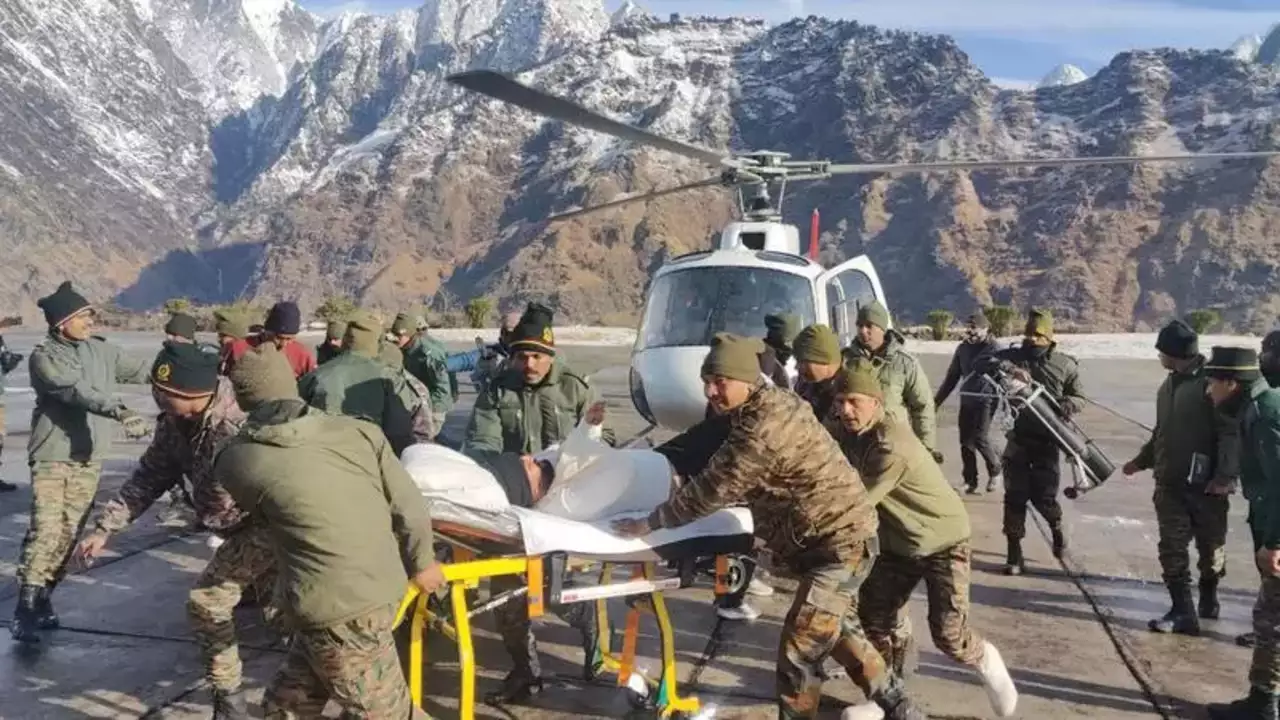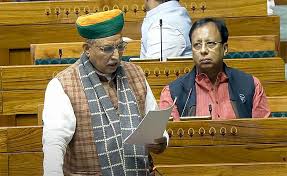The roar came first—deep, guttural, like a dozen thunderstorms colliding over the Himalayas. Then, the whiteout.
Vipan Kumar had just finished a long shift operating heavy machinery in the frozen heights of Chamoli. Resting inside a metal container—makeshift housing for workers in remote locations—he barely had time to react before the world around him turned to ice.
“I heard a loud roar, like thunder,” he recalled, his voice trembling over the phone. “Before I could react, everything went dark.”
The avalanche slammed into the site with terrifying force, burying him and his co-workers under a thick blanket of snow. In the deafening silence that followed, Vipan lay trapped, his body frozen by ice and fear. “I thought it was the end. I couldn’t move. I couldn’t see anything.”
Then, instinct took over. He gasped for air, twisted his body, and began pushing against the crushing weight above him. What felt like hours passed before he finally forced himself free and staggered toward a nearby Army base—disoriented, alone, but alive.
Chaos in the Avalanche’s Wake
Not far from where Vipan had been buried, dozens of workers were sleeping inside similar containers when the avalanche hit. The force sent the heavy structures tumbling downhill like discarded tin cans. Some landed violently on the snow-covered road, collapsing under the impact, their thin metal walls splitting apart like paper.
“The containers rolled down, and two fell on the snow-bound road,” another survivor recounted. “We somehow crawled out and walked barefoot—some of us weren’t even wearing proper clothes.” The cold bit at their skin, but survival left no time for pain.
Inside those containers were civil engineers, mechanics, cooks, and machine operators—not just laborers. They had been working to clear snow from the Mana Pass road, a critical supply route for Indian forces stationed along the icy border. Their mission was to keep the route open. But now, they were the ones in need of rescue.
Some workers escaped with minor injuries, but others weren’t as lucky. The project manager, a man from Bihar, had been thrown from his container in the chaos. He hit the ground hard and needed 29 stitches to close his wounds.
Another worker never made it back. “The first person who fell from that container lives in Dehradun,” an official at the military hospital said. “Efforts are on to find him—he is still missing.”
A Call He Couldn’t Make
By Saturday, the survivors reached Jyotirmath, where Army doctors examined the injured. Vipan, still aching from severe back pain, sat quietly in a hospital corner, phone in hand.
He had one call to make—but he couldn’t do it.
Back home in Chamba, his wife, parents, and elder brother were waiting. They didn’t yet know that Vipan had survived something that should have killed him.
“I last spoke to my wife at 5 AM on Friday, just minutes before the avalanche struck,” he said. “Today, my family called me again, but… I couldn’t tell them.” His voice cracked under the weight of the moment.
The avalanche had buried the road, but for some, it had also buried the belief that such disasters happen only to other people.
For Vipan and the men who walked barefoot through the snow that morning, survival is now a story to tell.
Read also : https://newsonthego.in/court-accepts-delhi-polices-plea-to-withdraw-case-against-shehla-rashid/




